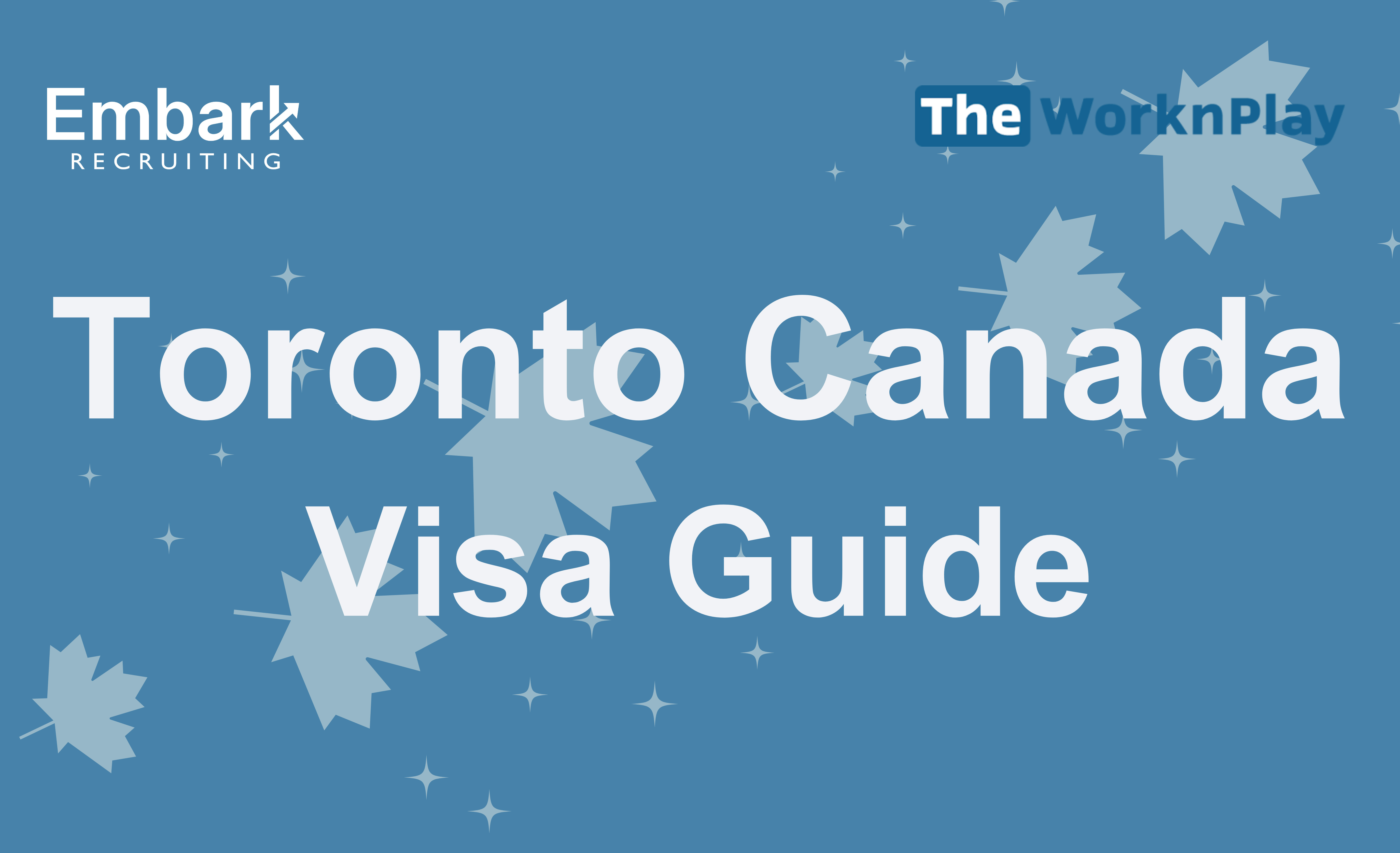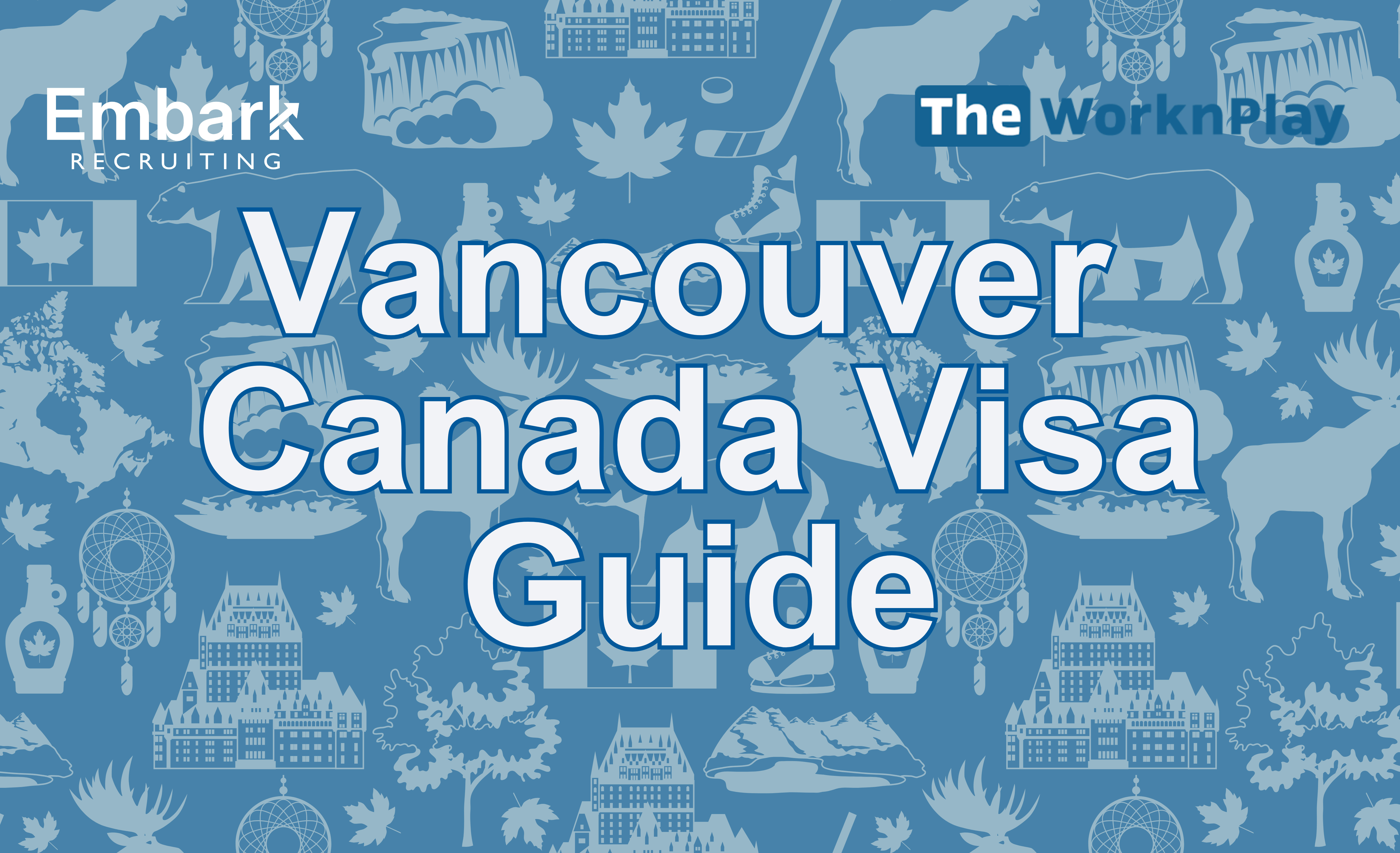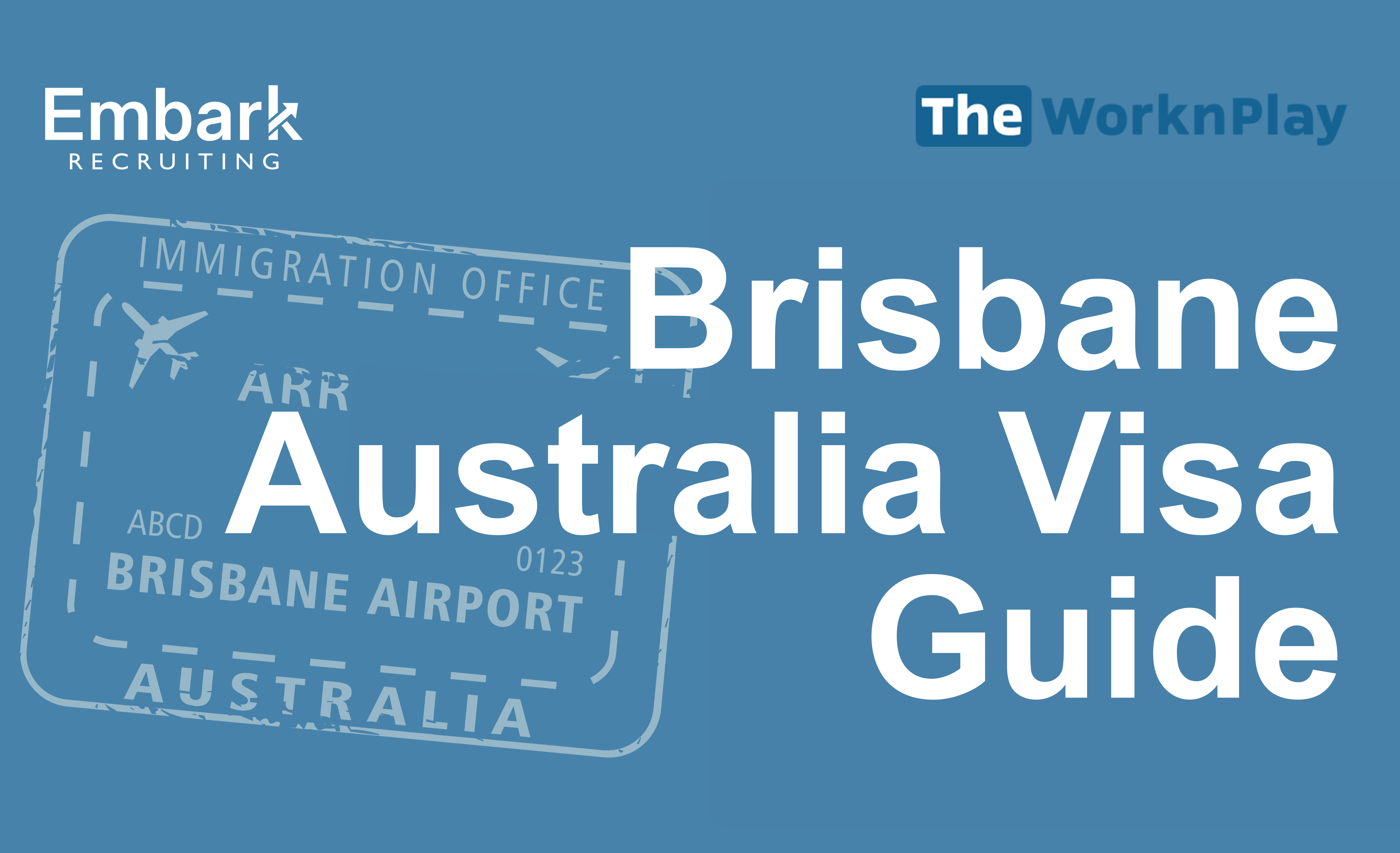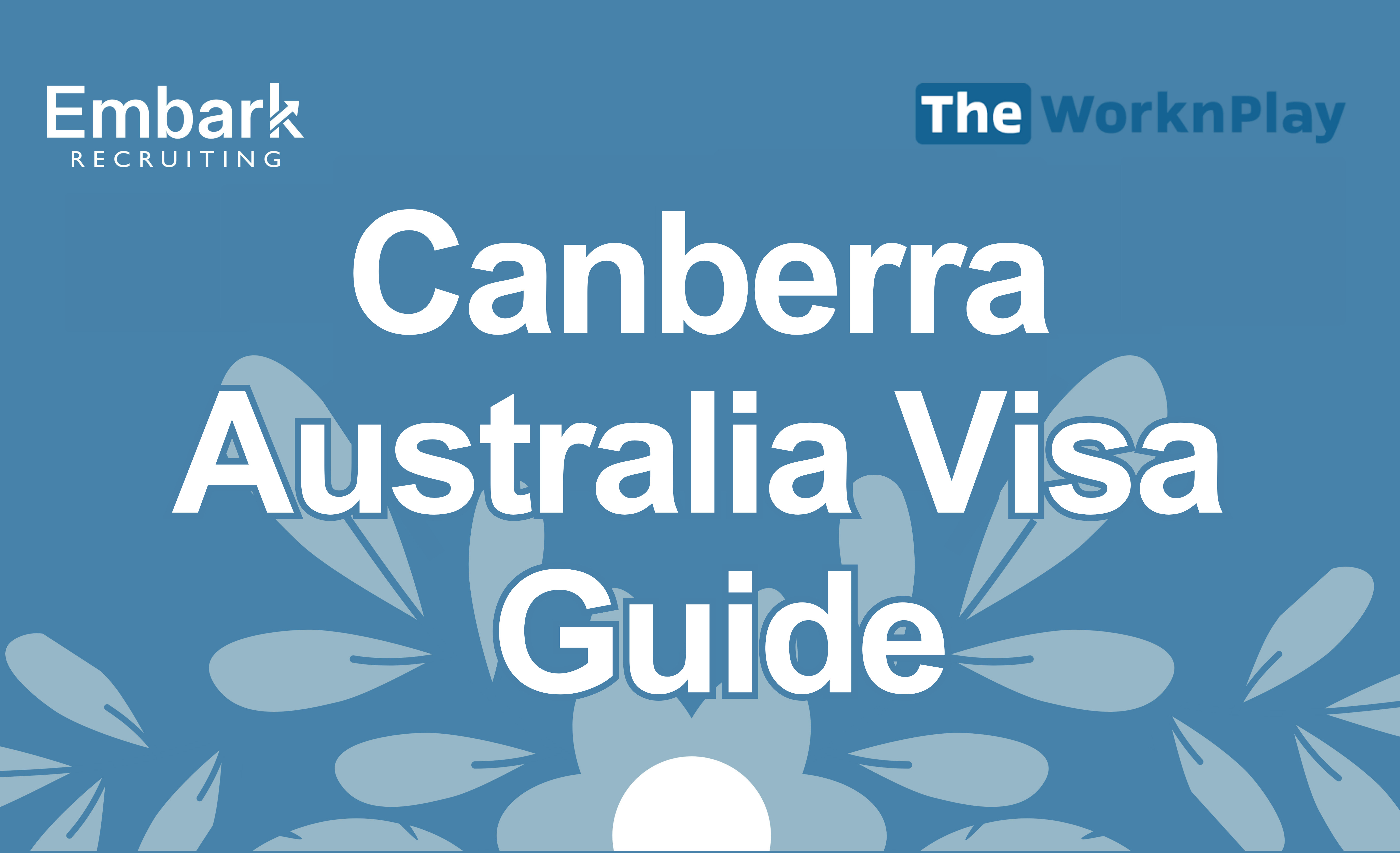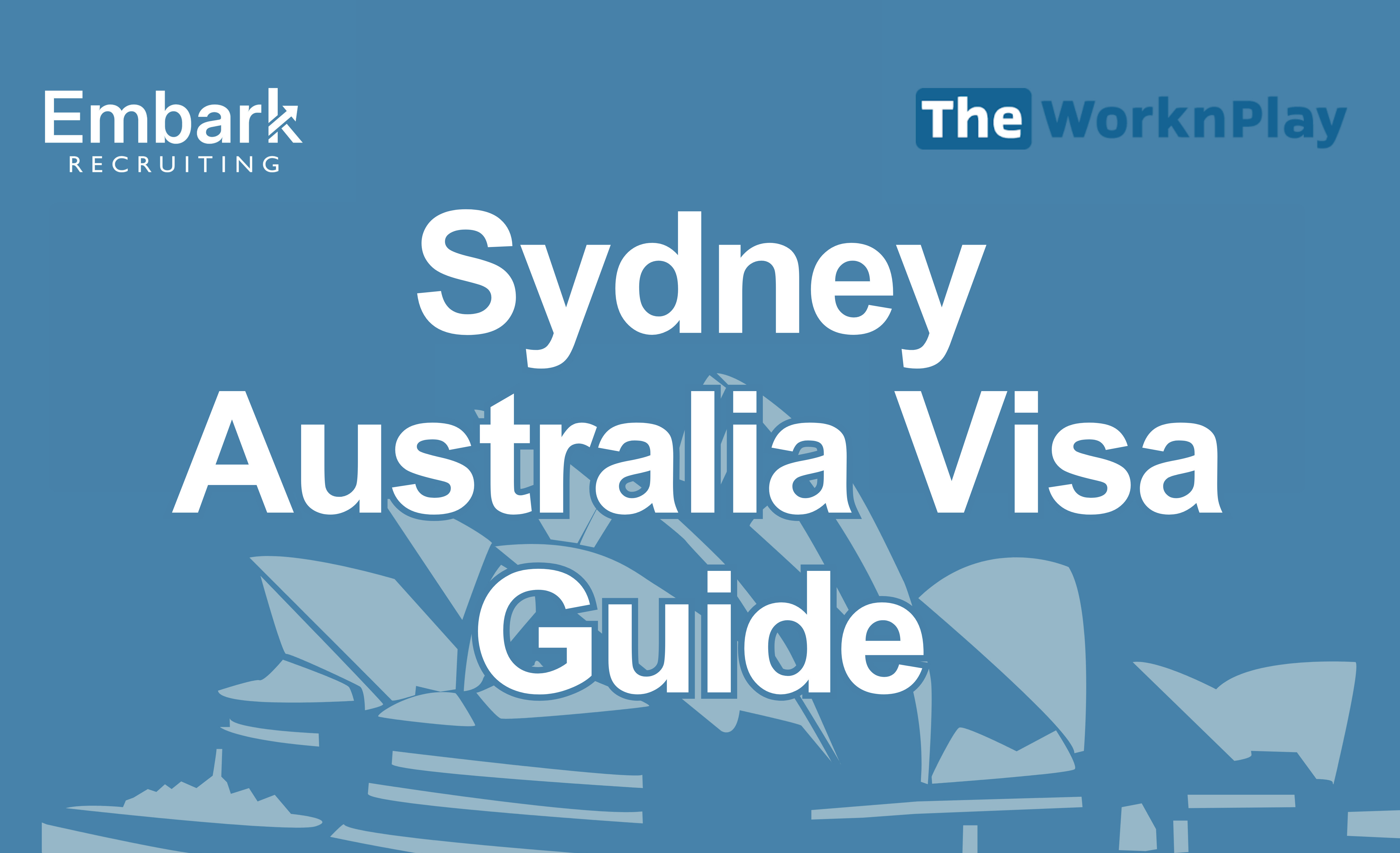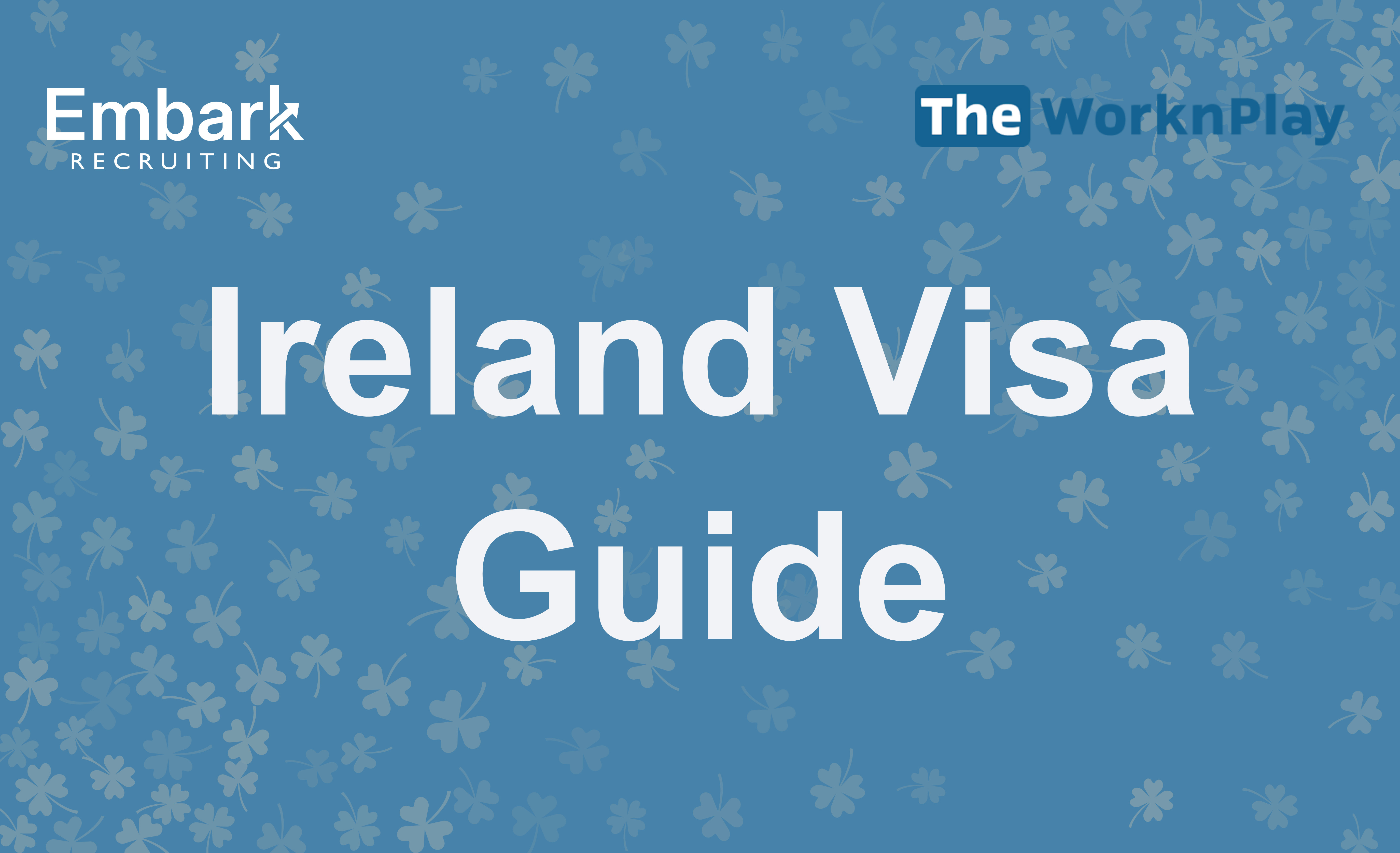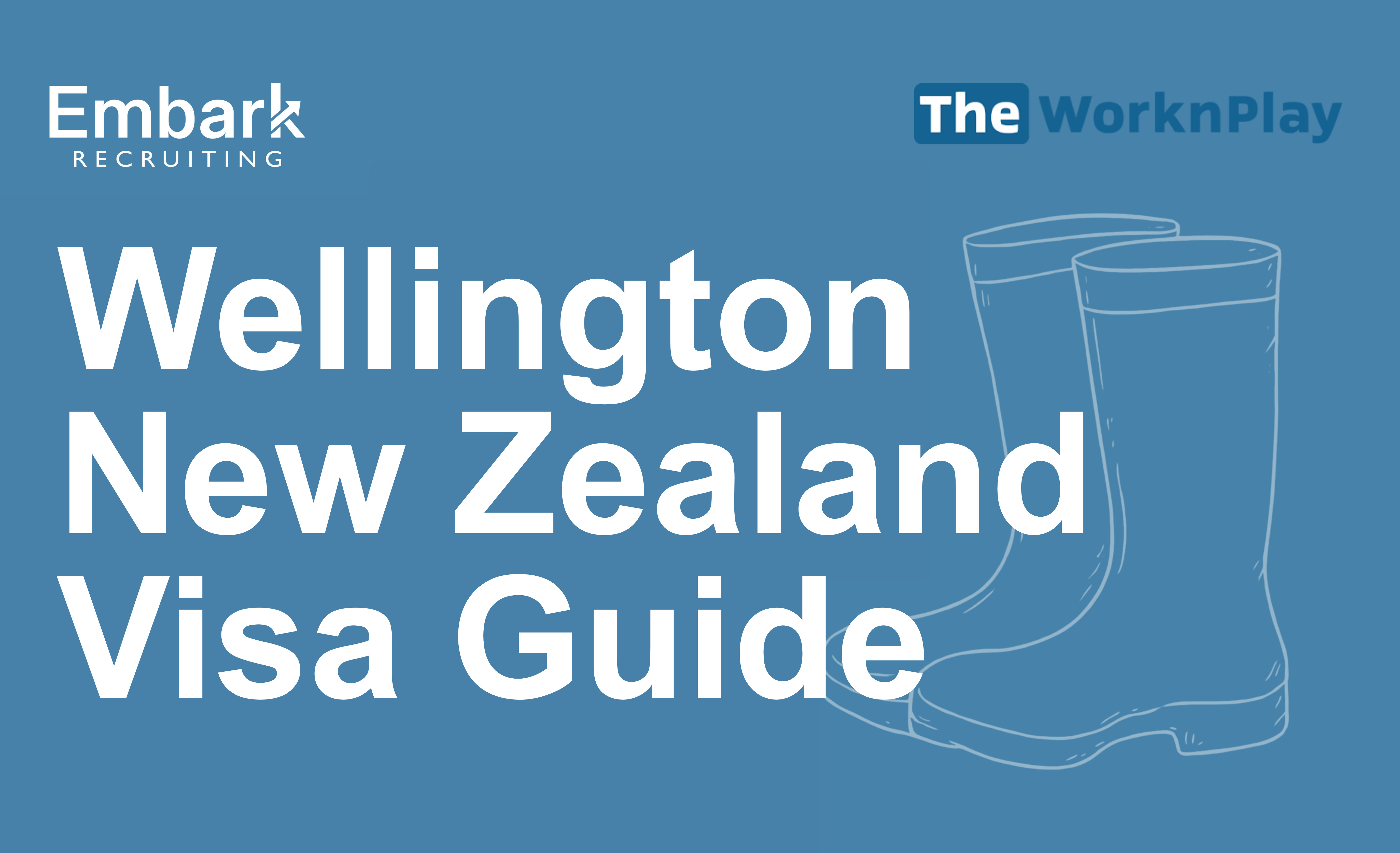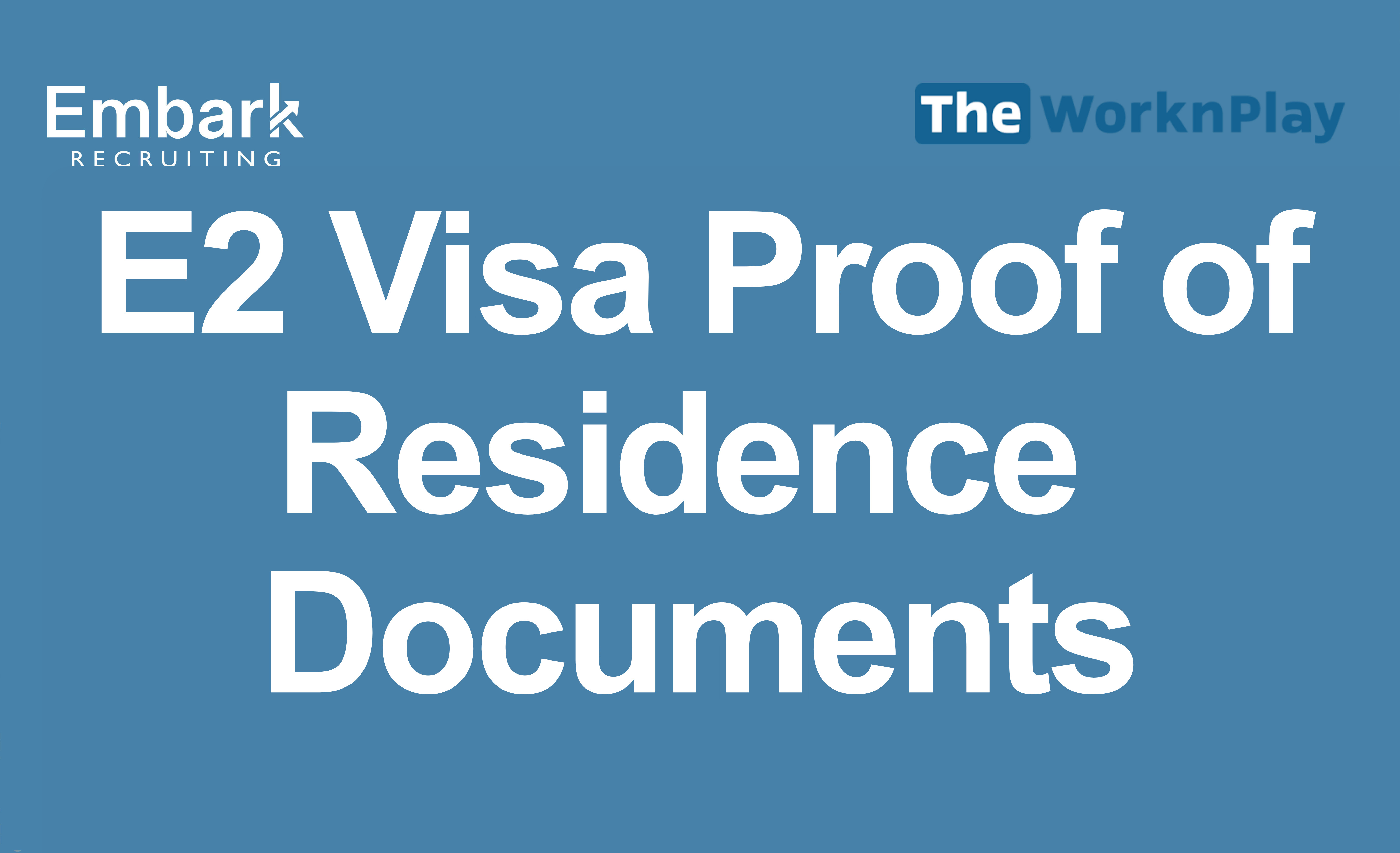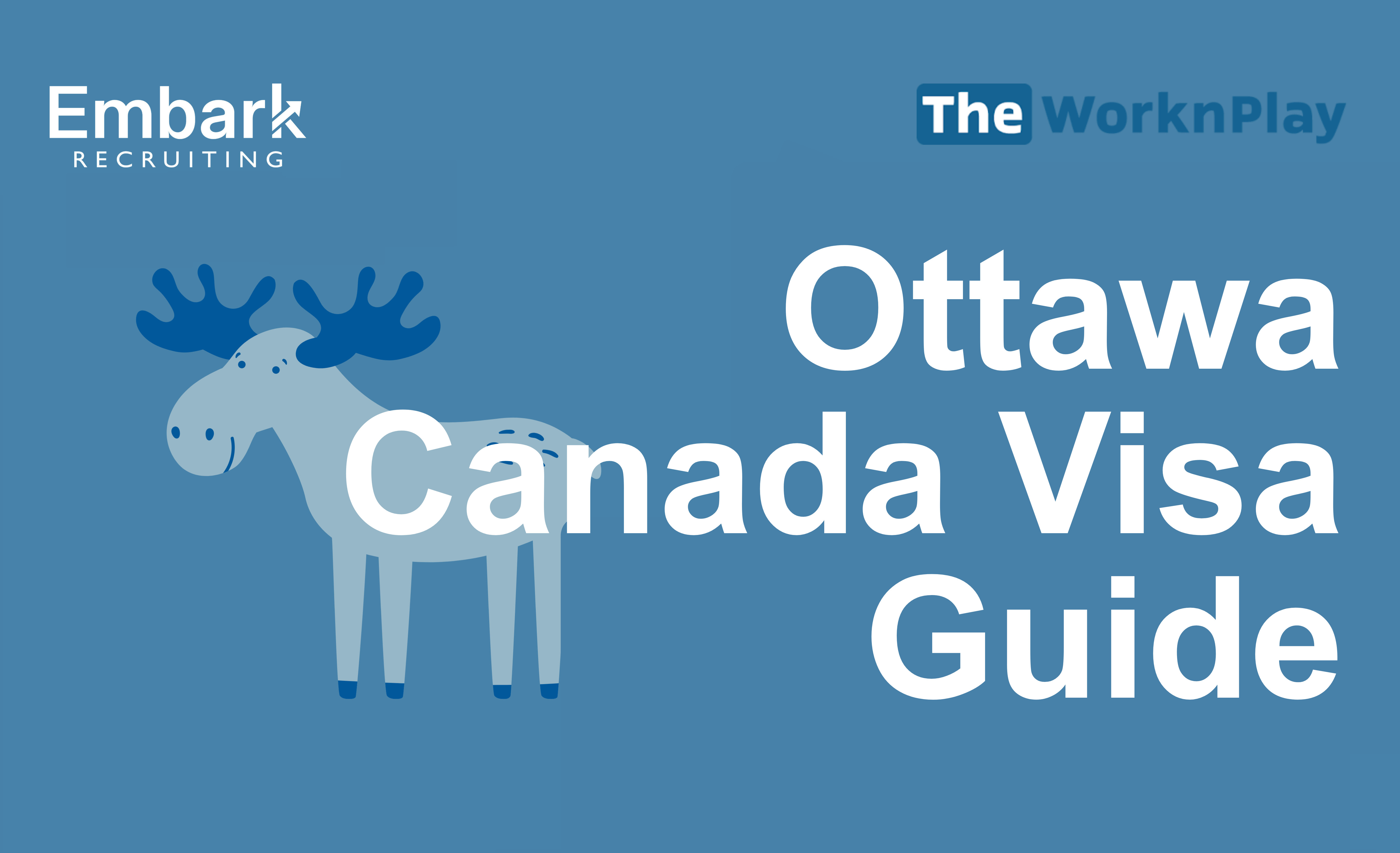
Resources and Forms (12/44)
Ottawa Canada Visa Guide: Korean Consulate E-2 Application Process
E-2-1 Visa Application at the Embassy of the Republic of Korea in Ottawa If you are planning to work or teach in Korea under the E-2-1 visa, the first step is obtaining your Confirmation of Visa Issuance Number (CVI No.) or VIN Number. Once you have this, you are ready to submit your visa application through the Korean embassy. Note: We strive to provide accurate and up-to-date information. However, we strongly recommend directly contacting the embassy for the most current guidance, assistance, and any updates or changes. If you live in the following province(s), you will use the Korean Embassy in Ottawa to complete your visa process: Ottawa and Gatineau How to Submit Your Visa Application In-person Appointment Visit the embassy within the operating hours along with your documents. You must make a reservation by calling +1-613-244-5010 or 613-244-5030 prior to your visit. If you find it difficult to reach the embassy by phone, please contact them at canada@mofa.go.kr. Work Hours: Monday–Friday, 9:00 A.M. – 12:00 P.M. & 1:00 P.M. – 5:00 P.M. Required Documents Below is a complete list of documents you will need when submitting your E-2-1 visa application. 1) Visa Application Form (Printed and Completed) ※ Form titled "Application for Visa (for those in possession of visa issuance confirmation)." ※ Please do not forget to put your signature on the bottom part of the first page of the visa application form. Please include your Confirmation of Visa Issuance Number (CVI No.) ※ Please write down your phone number and address to be used in Korea at the top of your application. This can be your school’s information. 1.1 Full name in English: Your name must be the same on your passport. 1.7 National Identity No. 2.5 Emergency Contact Information: a person in New Zealand 3.1 Visa Issuance Number (Confirmation No.) 3.6 Status of Stay: Visa type (e.g., E-2-1) 2) Original Passport Valid for at least 6 more months after your travel date (preferably minim. 13 months) 3) Copy of Passport Data page and Signature page 4) 1 Passport-type Color Photo White background, 3.5cm X 4.5cm, date stamped taken with 6 months at the back 5) Signed Employment Contract Signed by both the school and the educational institution 6) Visa Fee: CAD $78.00 Cash or Money Order ONLY For Former Korean Nationals Documents to prove renunciation, Proof of loss of nationality [If you reported before 2008]: Please provide jejokdeungbon (제적등본) issued within 3 months from the date of application. [If you reported after 2008]: Please provide basic certificate (“기본증명서” ) and family relation certification (“가족관계증명서”) issued within 3 months fr Korean Embassy Contact Information Mailing Address: Embassy of the Republic of Korea to Ottawa 150 Boteler Street, Ottawa, Ontario, Canada (K1N 5A6) Phone Number: +1-613-244-5010 Email for Visa: canada@mofa.go.kr Working Hours: Monday–Friday, 9:00 A.M. – 12:00 P.M. & 1:00 P.M. – 5:00 P.M. Processing Time The visa processing time is approximately 10 business days. All submitted documents with the visa application will not be returned to the applicant except the passport. E-2-1 is a single-entry visa and is valid for 90 days from the date of issue. After 10 days, please check your application status online. If it has been approved, please print your Visa Grant Notice by visiting the Korea Visa Portal. Related article: How to Navigate the Korea Visa Portal Site Last Updated: 12/1/2025
